July 2024’s Lineup of Astronomical Events: From Meteor Showers to Lunar Magic
28th Jun 2024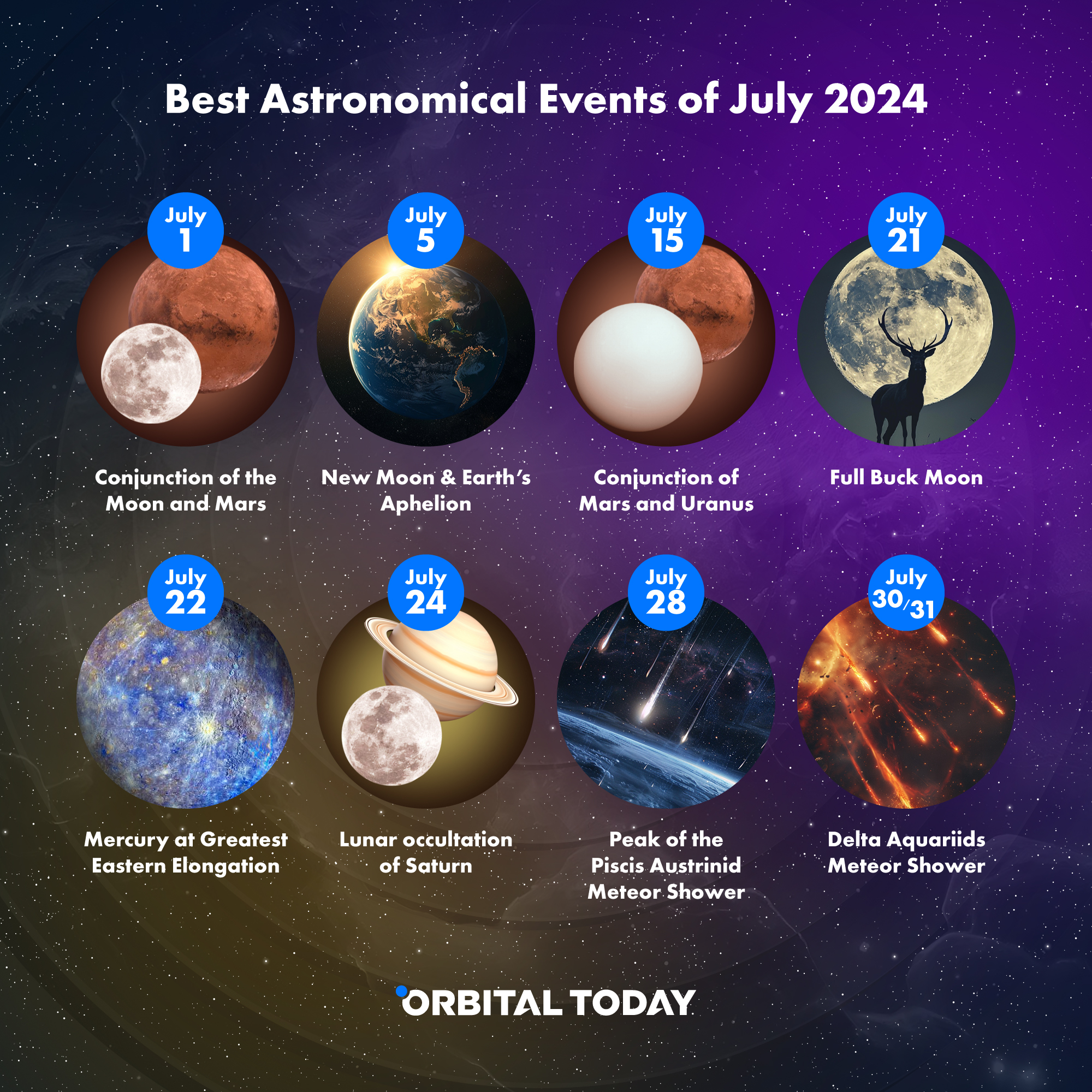
It promises to be an exciting month for stargazers and astronomy enthusiasts, offering a rich tapestry of celestial events against the backdrop of warm summer nights. A midsummer period is particularly active for astronomical observations, with longer periods of darkness in the Northern Hemisphere providing ample opportunities to explore the night sky. For those in Scotland, we’ve compiled a special guide to the best stargazing spots, perfect for taking in the upcoming celestial spectacles. So, let’s explore the remarkable astronomical events that await us in July 2024.
1 July: Conjunction of the Moon and Mars
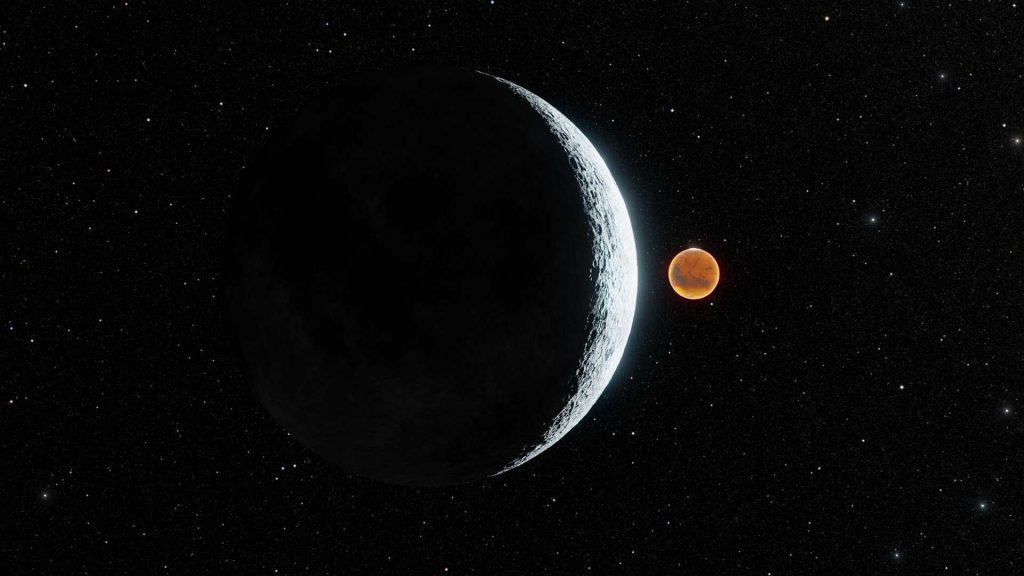
If you’ve never heard of “conjunction” term before, let us say that it occurs when two or more celestial bodies appear to gather close together on this celestial stage, as viewed from Earth. On the first day of July, Moon will meet Mars in the eastern sky during morning twilight, offering an excellent opportunity for early risers to witness a beautiful pairing of these celestial bodies.
The conjunction will feature a slim crescent moon, approximately 23% illuminated, positioned about one-third of the way up in the eastern sky. Mars will be visible 4.4° to the moon’s lower left, appearing dimmer than usual but still discernible to the naked eye.
For the best viewing experience, look eastward about one hour before sunrise. The crescent moon will be pointing toward the sun during mid-twilight. This is also an excellent opportunity to observe earthshine, a phenomenon where sunlight reflecting from Earth’s oceans, clouds, and land softly illuminates the lunar night side. While visible to the naked eye, binoculars can enhance the view of earthshine.
5 July: New Moon & Earth’s Aphelion
Mark this day in the calendar, astronomy enthusiasts, since it features two significant celestial events: the New Moon and Earth’s Aphelion.
The New Moon occurs at 22:57 UTC (5:57 p.m. CDT). During this phase, it’s positioned between Earth and the Sun, with its unilluminated side facing our planet. As a result, the Moon becomes virtually invisible from Earth, creating ideal conditions for stargazing and observing faint celestial objects.
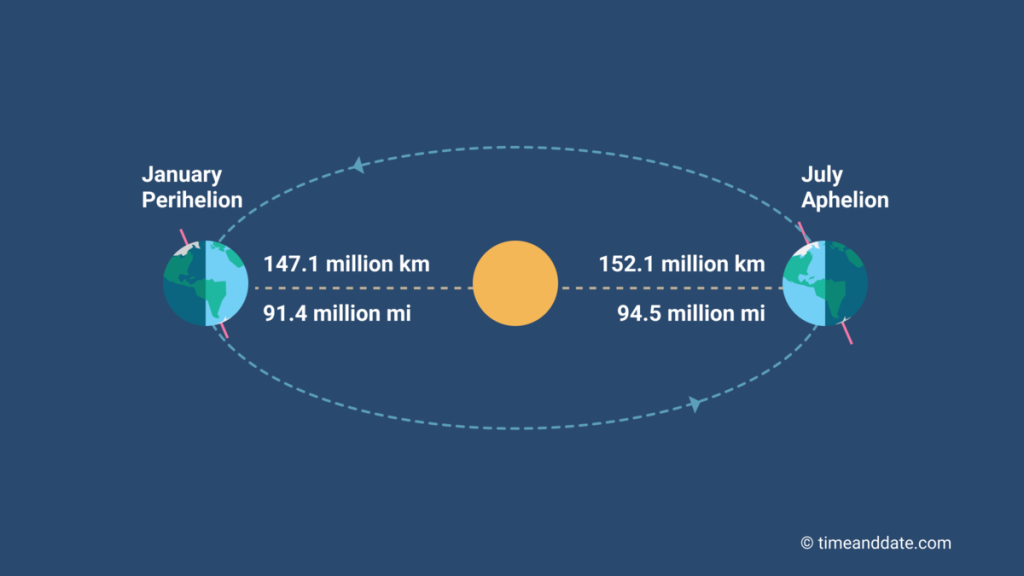
Coinciding with the New Moon, Earth reaches its aphelion at 05:06 UTC (12:06 a.m. CDT). Aphelion is the point in Earth’s elliptical orbit where it is farthest from the Sun. At this moment, Earth will be approximately 152.1 million kilometers (94.5 million miles) away from the Sun. This distance is about 1.67% farther than Earth’s average distance from the Sun. It’s important to note that despite being at its farthest point from the Sun, this positioning does not significantly affect Earth’s seasons or temperatures. Our planet’s seasonal changes are primarily determined by the tilt of Earth’s axis rather than its distance from the Sun.
15 July: Conjunction of Mars and Uranus
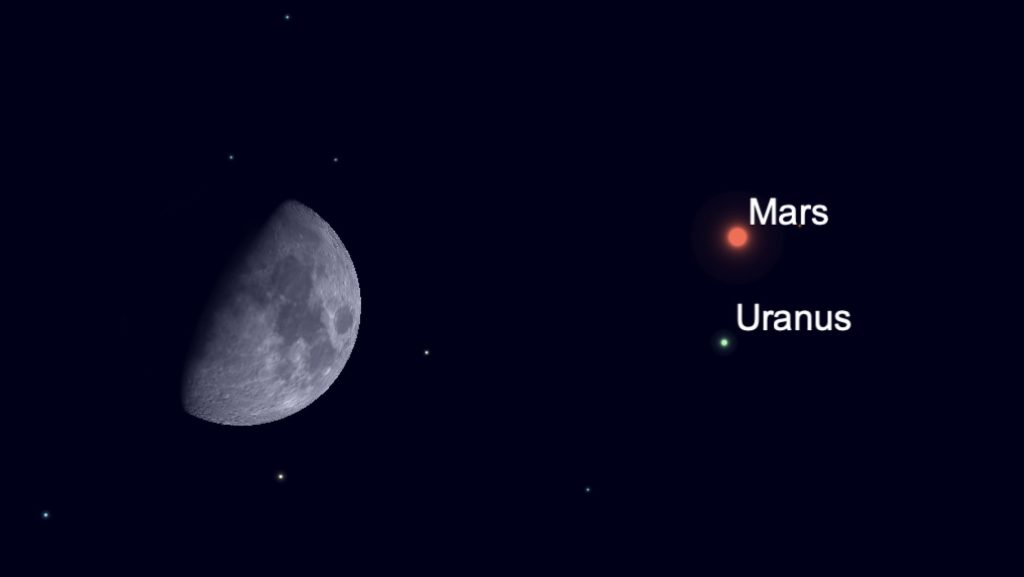
The conjunction is set to take place at 09:22 GMT (05:22 a.m. ET), with Mars passing just 0°33′ from Uranus. Mars, shining at magnitude 0.9, will be easily visible to the naked eye, appearing as a bright reddish point of light. Uranus, however, will be much fainter at magnitude 5.8, requiring at least a pair of binoculars to spot its bluish-green disk.
For observers in the Northern Hemisphere, the planetary pair will be visible high above the eastern horizon in the morning, approximately an hour before sunrise. Southern Hemisphere viewers will find the planets slightly lower in the northeastern sky. Adding to the spectacle, the misty Pleiades star cluster will be visible nearby, enhancing the overall celestial scene.
21 July – Full Buck Moon
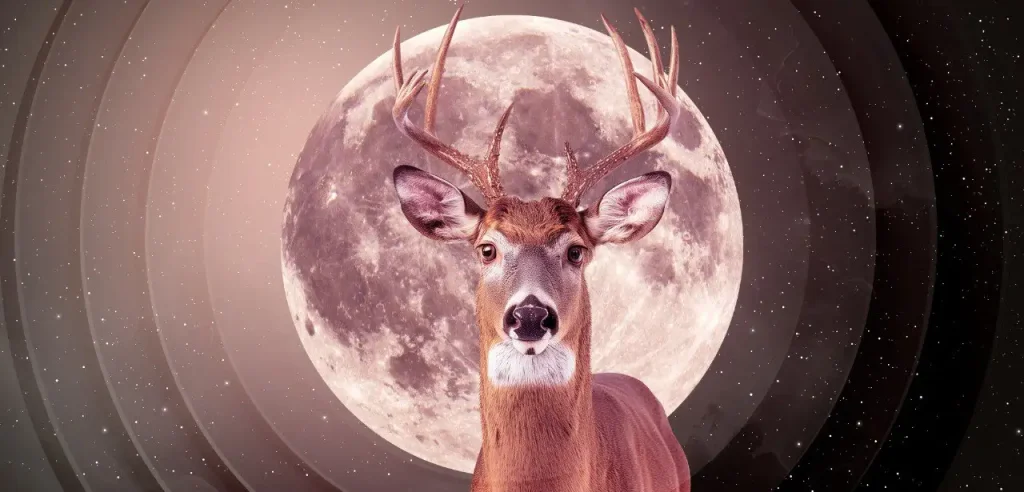
The Full Buck Moon will reach its peak of illumination at 10:17 GMT (6:17 a.m. EDT). This celestial event marks the seventh full moon of the year and the second full moon after the summer solstice.
The Buck Moon gets its name from Native American traditions, particularly the Algonquin people. In July, young male deer (bucks) begin to sprout new antlers, which are coated in velvety fur. By the end of the month, these antlers are typically fully formed, symbolizing growth and renewal.
While the exact moment of full illumination may occur during daylight hours for some locations, the moon will appear full to the naked eye for about three days surrounding this peak.
RELEVANT: Buck Moon Astrology: How To Prepare Yourself For The Full Moon In July 2024
For observers, the Full Buck Moon presents an excellent opportunity for nighttime activities and lunar photography. The moon’s brightness can illuminate landscapes, creating ethereal nighttime scenes. However, its intense light may also make it challenging to view fainter celestial objects, so deep-sky observers might prefer the days before or after the full moon for their stargazing sessions. Remember to check local moonrise times to plan your viewing, as the moon will be most spectacular when it first appears on the horizon, appearing larger due to an optical illusion known as the “moon illusion.”
22 July – Mercury at Greatest Eastern Elongation
On this day, Mercury will reach its greatest eastern elongation, providing an excellent opportunity for skywatchers to observe the elusive planet in the evening sky. At 06:59 GMT, Mercury will appear farthest from the Sun in our sky, with an apparent distance of 26°54′ between the two celestial bodies. During this event, Mercury will shine at a magnitude of 0.4, making it brighter than most stars and relatively easy to spot under clear conditions.
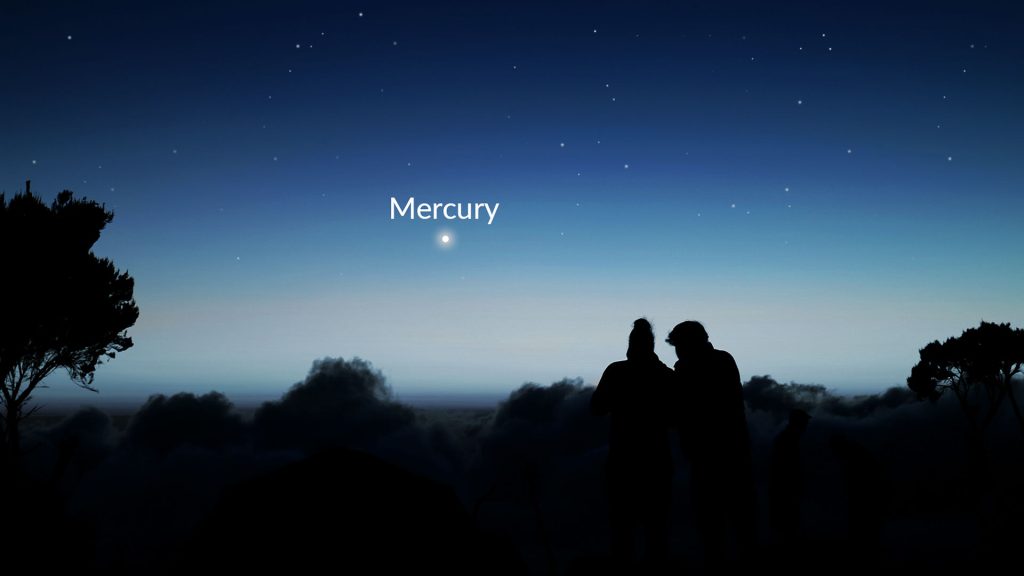
To observe Mercury during its greatest eastern elongation:
- Look to the western horizon shortly after sunset.
- Use binoculars or a small telescope for a better view, especially in areas with light pollution.
This elongation is particularly favorable for observers in the Southern Hemisphere, as Mercury’s visibility tends to be better from southern latitudes during evening apparitions in the middle of the year.
24 July – Lunar occultation of Saturn
This phenomenon happens when the Moon passes in front of Saturn, temporarily blocking the planet from view.The occultation will be visible from parts of Africa, Asia, and the British Indian Ocean Territory. The event is set to begin at 18:27 UTC (21:27 EEST) on 24th of and end at 22:27 UTC (01:27 EEST on 25th of July).
Lunar occultations of Saturn are relatively rare events. After this occultation, observers in some areas will need to wait another 12 years to witness the next one.
28 July – Peak of the Piscis Austrinid Meteor Shower
The Piscis Austrinids is a relatively faint meteor shower that occurs between 15th of July and 10th of August, with its maximum activity centered around 28th July. It’s named after its radiant point in the constellation Piscis Austrinus, also known as “The Southern Fish”. For observers in the Southern Hemisphere and lower latitudes of the Northern Hemisphere, this shower provides a better viewing experience due to the radiant’s position in the sky.
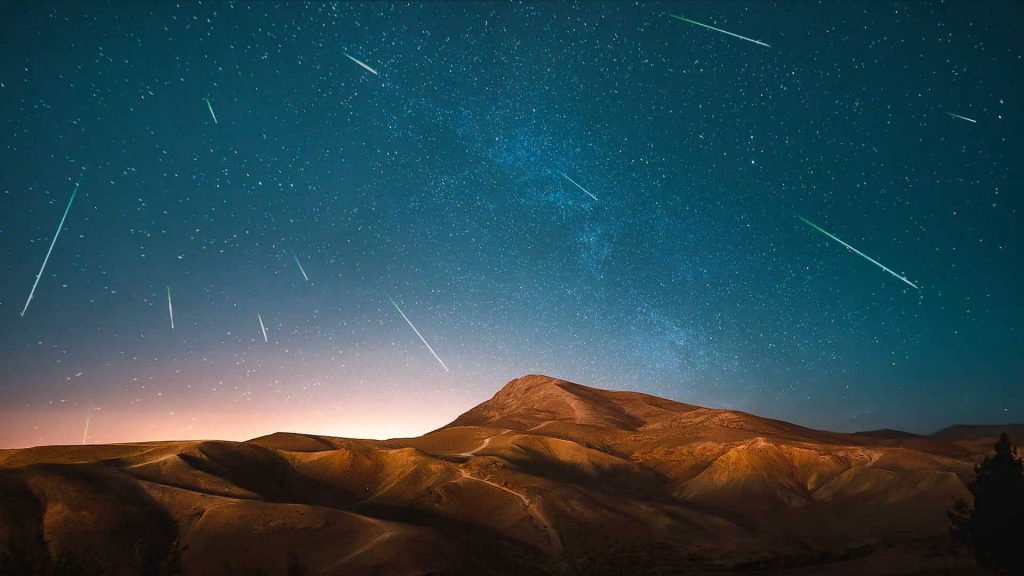
- Timing: The best viewing time is typically after midnight and into the early morning hours of 28th July.
- Viewing direction: Look towards the east, approximately 45 degrees above the horizon – about halfway between the horizon and directly overhead.
- Meteor rate: The Piscis Austrinids is not a particularly prolific shower, with an expected peak rate of about 5 meteors per hour.
- Moon phase: it will be near its new phase, which should provide favorable dark sky conditions for observing the meteor shower.
No special equipment is needed to view meteor showers. Simply find a comfortable spot, lie back, and scan the sky.
30-31 July – Delta Aquariids Meteor Shower
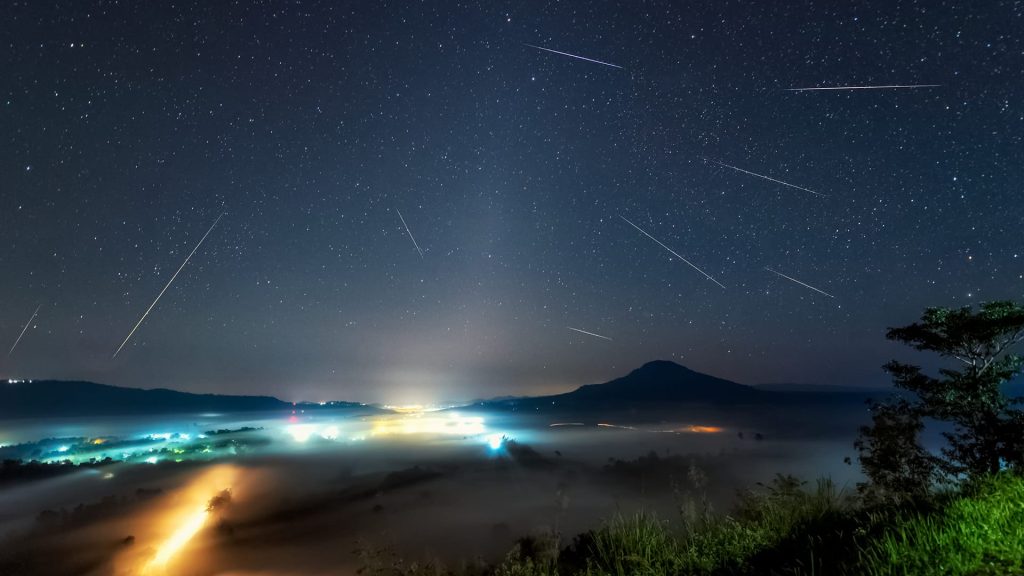
This shower is known for its steady stream of meteors over several weeks, rather than a sharp peak. Key details for the 2024 Delta Aquariids:
- Peak: July 30, 2024, at 15:16 UTC, though the shower is active from July 18 to August 21.
- Radiant: The shower’s radiant rises in mid-evening, reaches its highest point around 2 a.m., and is low in the sky by dawn.
- Expected meteor rate: Under ideal conditions, observers may see 15 to 20 meteors per hour at the shower’s peak.
- Look towards the southern sky, as the shower favors the Southern Hemisphere and lower latitudes of the Northern Hemisphere.
- About 5% to 10% of Delta Aquariid meteors leave persistent trains, which are glowing ionized gas trails that last a second or two after the meteor has passed.
For observers in the Northern Hemisphere, the Delta Aquariids can still provide an excellent show, especially from latitudes similar to the southern United States. The shower also serves as a prelude to the more famous Perseids, which peak in mid-August, creating an extended period of increased meteor activity for dedicated skywatchers.
Happy stargazing, space enthusiasts! Keep your eyes on the stars, as the cosmos always has something to reveal.






Thank you for your comment! It will be visible on the site after moderation.